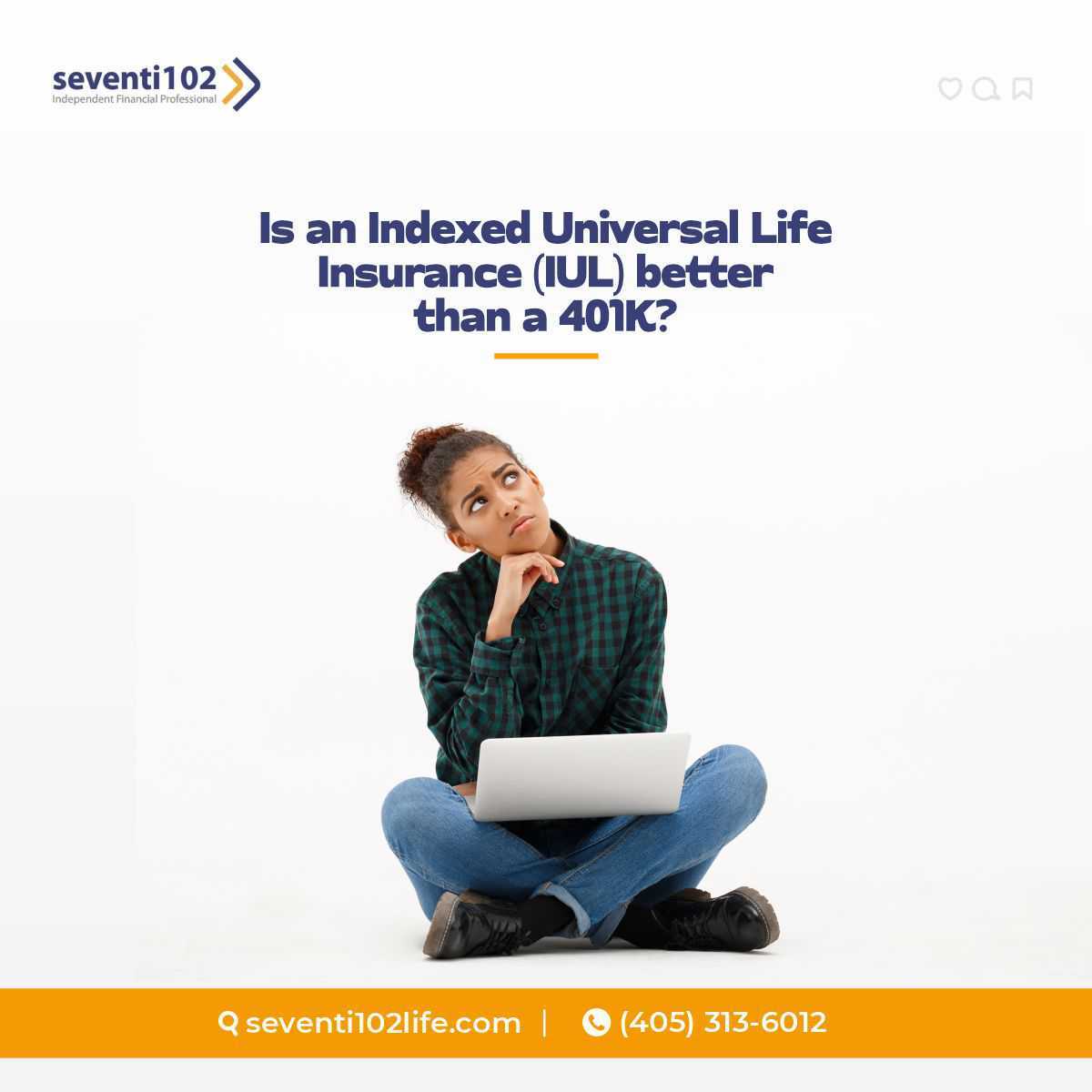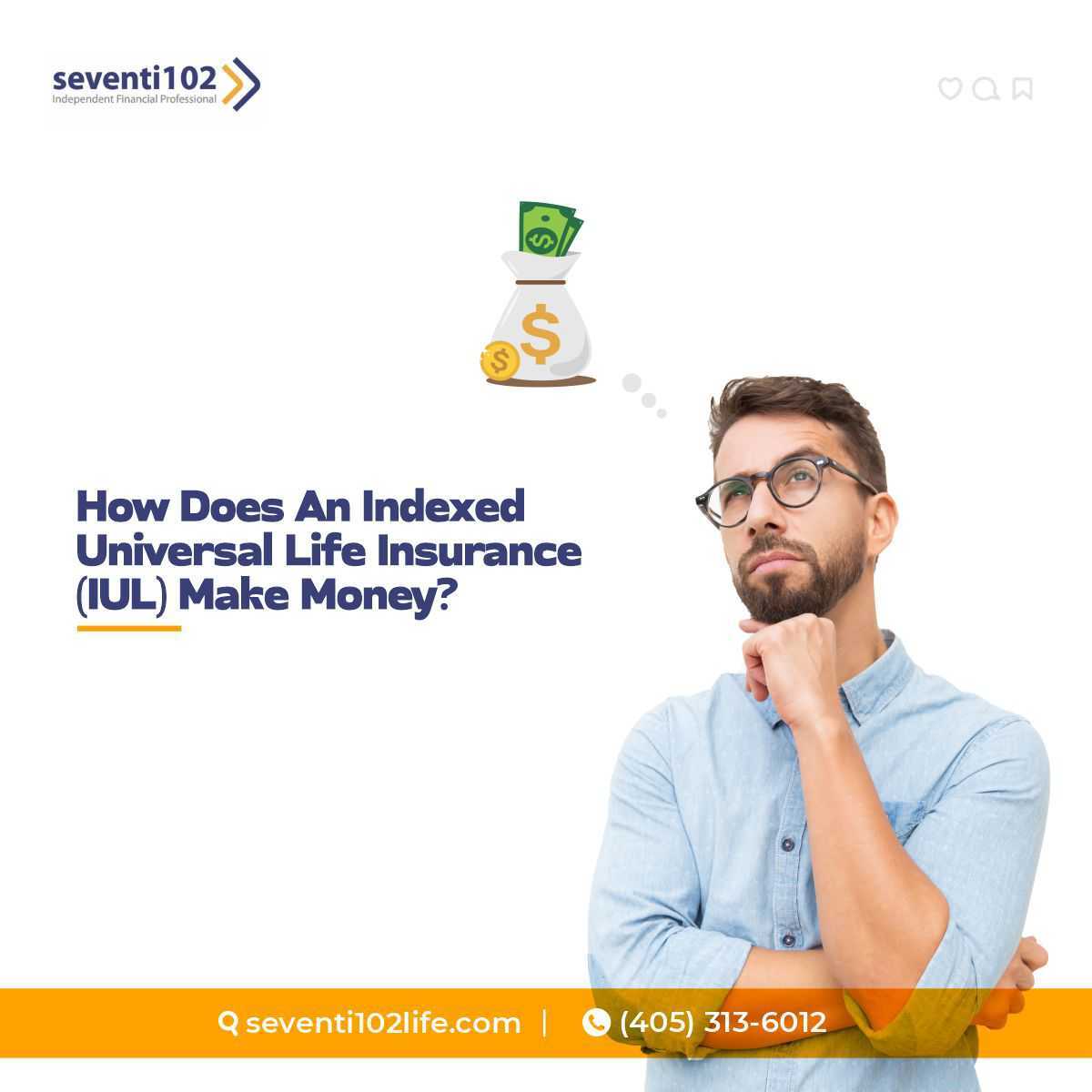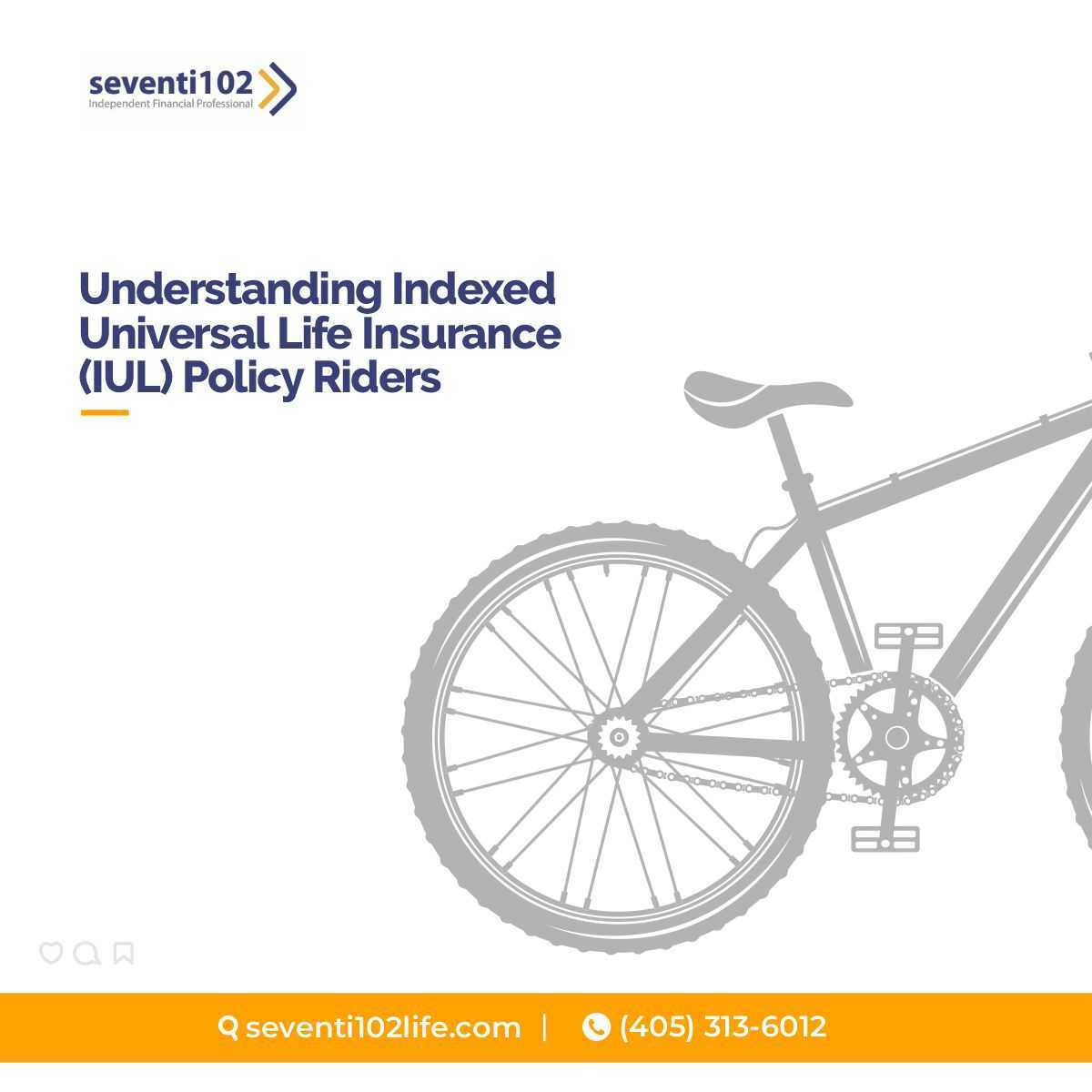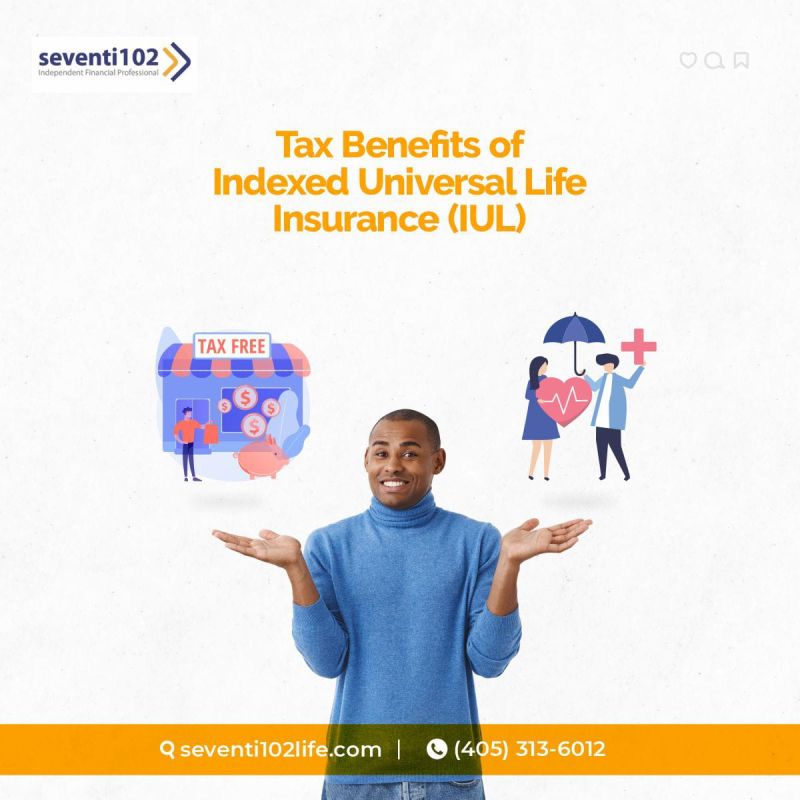Introduction:
In this comprehensive article, we will delve into the twelve essential conditions associated with withdrawing funds from your Indexed Universal Life (IUL) insurance policy. Understanding these conditions is vital for making informed decisions about your policy and financial goals. Whether you are considering accessing the cash value of your IUL policy or contemplating surrendering it entirely, this article will provide valuable insights and considerations.
Table of Contents:
Key Point / Summary
Condition 1: Withdrawal for Emergency Expenses
Condition 2: Policy Loans and Surrender Charges
Condition 3: Tax Implications and Policy Loans
Condition 4: Impact on Death Benefit
Condition 5: Policy Loan Repayment Considerations
Condition 6: Policy Surrender Value and Charges
Condition 7: Policy Modification and Flexibility
Condition 8: Impact on Premium Payments
Condition 9: Policy Loans and Interest Accrual
Condition 10: Withdrawal Restrictions and Timing
Condition 11: Impact on Policy Performance and Growth
Condition 12: Alternative Insurance and Investment Products
Conclusion
FAQs
Key Point / Summary:
This article explores the twelve conditions related to withdrawing funds from an Indexed Universal Life (IUL) insurance policy. We cover emergency expenses, policy loans, surrender charges, tax implications, impact on the death benefit, policy loan repayment, policy lapse, conversion options, policy modification restrictions, policy maturity, and alternative insurance and investment products.
Condition 1: Withdrawal for Emergency Expenses

- The availability of emergency withdrawal provisions in your Indexed Universal Life (IUL) policy can provide a source of funds during unforeseen circumstances. Some policies may include provisions that allow policyholders to make emergency withdrawals without incurring surrender charges or penalties. Understanding the specific provisions of your policy regarding emergency withdrawals is essential to determine the availability and limitations of this option.
- Considerations regarding the impact of withdrawals on the policy’s cash value and death benefit are crucial. Withdrawing funds from your policy reduces the available cash value, which is the portion of the policy that accumulates over time. The reduction in cash value may impact the policy’s ability to generate returns and potentially affect the death benefit amount. Evaluating the potential impact on both the cash value and death benefit helps you make an informed decision regarding emergency withdrawals.
- Tax implications associated with premature policy withdrawals should be carefully considered. Withdrawals taken before the policyholder reaches age 59½ may be subject to income taxes and potential penalties. It’s important to understand the tax rules applicable to your policy and consult with a tax advisor to evaluate the potential tax consequences of making premature withdrawals. Considering the tax implications helps you assess the net amount you would receive from the withdrawal and plan accordingly.
Condition 2: Policy Loans and Surrender Charges

- Understanding how policy loans against the cash value work is essential when considering this option. Policy loans allow policyholders to borrow against the available cash value without triggering taxable events. The loan amount is typically limited to a percentage of the cash value, and the interest rates and repayment terms are specified in the policy. It’s important to review the loan provisions of your policy to understand the borrowing limits, interest rates, and repayment requirements.
- The impact of policy loans on the cash value and death benefit should be carefully evaluated. Policy loans reduce the cash value available for investment, potentially affecting the policy’s growth potential. Additionally, outstanding policy loans and accrued interest may be deducted from the death benefit upon the insured’s passing. Understanding the potential impact on both the cash value and death benefit helps you assess the implications of taking a policy loan.
- Surrender charges and penalties associated with policy loans should be considered. If you surrender or cancel your policy, surrender charges may apply, particularly within the early years of the policy. Surrendering the policy also results in the loss of the death benefit protection. It’s important to review the surrender charge schedule specified in your policy documents and evaluate the potential financial consequences before making any decisions.
Condition 3: Tax Implications and Policy Loans

- Understanding the tax treatment of policy loans and withdrawals is crucial when accessing the cash value of your IUL policy. Policy loans are generally not taxable since they are considered loans against the policy’s cash value. However, if the policy lapses or is surrendered with an outstanding loan balance, the loan amount may be subject to income tax. It’s important to consult with a tax advisor to understand the specific tax rules applicable to your policy and assess the potential tax consequences.
- Potential tax consequences of policy surrenders should be considered. If you decide to surrender your policy, any gains above the total premiums paid may be subject to income tax. The tax treatment of policy surrenders can vary based on factors such as the duration of the policy and the amount of cash value accumulated. Evaluating the potential tax implications helps you make informed decisions regarding policy surrenders.
- Strategies for minimizing tax liabilities when accessing cash value should be explored. Depending on your financial situation and objectives, there may be strategies available to mitigate potential tax liabilities. For example, partial withdrawals up to the basis (total premiums paid) may be tax-free. Alternatively, converting the policy into a reduced paid-up policy can potentially avoid immediate tax consequences. It’s important to work with a qualified tax advisor to determine the most suitable strategies for your specific circumstances.
Condition 4: Impact on Death Benefit

- Understanding how policy withdrawals and loans affect the death benefit is crucial when considering accessing the cash value. Withdrawing funds or taking policy loans reduces the available cash value, which in turn may result in a reduction of the death benefit. The death benefit is the amount paid to the beneficiaries upon the insured’s passing. It’s important to evaluate the potential reduction in death benefit value and assess the impact on your intended beneficiaries.
- Potential reduction in death benefit value should be carefully considered. Depending on the amount and timing of withdrawals or loans, the death benefit value may be significantly impacted. It’s important to review the policy provisions and consult with your insurance company or financial advisor to understand how withdrawals or loans may affect the death benefit. This evaluation helps ensure that the intended protection for your beneficiaries aligns with your expectations.
- Strategies to mitigate the impact on the death benefit should be explored. If preserving the death benefit value is a priority, there are potential strategies to consider. For example, repaying policy loans or minimizing withdrawals can help preserve the cash value and maintain a higher death benefit. It’s essential to work with a financial advisor to evaluate different scenarios and develop a strategy that aligns with your goals and priorities.
Condition 5: Policy Loan Repayment Considerations

- Exploring repayment options for policy loans is crucial to ensure the long-term viability of your Indexed Universal Life (IUL) policy. It’s important to understand the available options for repaying the loan, such as making regular interest and principal payments or utilizing policy dividends or cash value to offset the loan balance. Exploring these options allows you to effectively manage and repay the loan in a manner that aligns with your financial goals.
- Understanding the interest rates and repayment terms associated with policy loans is essential. Policy loans typically accrue interest, and the specific interest rate and repayment terms vary based on the insurance company and the policy provisions. Reviewing the interest rate and repayment schedule helps you determine the cost of borrowing and assess the affordability of repaying the loan over time.
- Consequences of not repaying policy loans should be carefully considered. If the loan is not repaid, the outstanding loan balance, including the accrued interest, will be deducted from the policy’s cash value upon the insured’s death. This deduction reduces the death benefit and may impact the policy’s overall value. It’s important to understand the potential consequences of not repaying the loan to make an informed decision and avoid any unintended negative outcomes.
Condition 6: Policy Surrender Value and Charges

- Understanding the surrender value of your IUL policy is crucial when considering a policy withdrawal. The surrender value represents the cash value available to you if you decide to surrender the policy before its maturity. This value is affected by various factors, such as premium payments, policy expenses, and investment returns. It’s important to review your policy documents to understand how the surrender value is calculated.
- Evaluating surrender charges imposed by the insurance company is essential to fully comprehend the financial consequences of policy surrender. Insurance companies often impose surrender charges to recoup the costs associated with issuing and maintaining the policy. These charges are typically highest in the early policy years and gradually decrease over time. It’s important to factor in these charges when considering a withdrawal, as they can significantly impact the amount of cash value you receive.
- Considering surrender as a last resort is advisable due to the potential financial consequences. Surrendering an IUL policy prematurely can result in the loss of protection, potential tax implications, and forfeiting the policy’s future growth potential. Before surrendering, explore other options, such as policy loans or partial withdrawals, which may allow you to access the cash value while maintaining the policy.
- Exploring alternative options to surrendering the policy is recommended. Policy loans or partial withdrawals can provide a means of accessing funds without surrendering the entire policy. Policy loans allow you to borrow against the cash value, while partial withdrawals allow you to take out a portion of the available cash value. These options may provide greater flexibility and control over your policy while still maintaining its long-term benefits.
Condition 7: Policy Modification and Flexibility

- Reviewing the policy’s terms and conditions for modification options is essential before making any changes as a result withdrawal. Some IUL policies offer flexibility for modifications, such as adjusting the premium amounts, changing the death benefit, or adding riders. Understanding the specific provisions and restrictions related to policy modifications allows you to make informed decisions based on your evolving financial needs.
- Understanding any limitations or restrictions on modifying the policy is crucial. Some policies may impose restrictions on the frequency or extent of modifications you can make. For example, there may be limitations on how often you can change the premium amounts or restrictions on increasing the death benefit beyond certain thresholds. Being aware of these limitations helps you assess the policy’s adaptability to your changing circumstances.
- Considering the potential impact of policy modifications on cash value and death benefit is important. Modifying the policy may have consequences on the cash value accumulation and the death benefit amount. Increasing the death benefit or adjusting the premium amounts may affect the policy’s performance and financial implications. Consulting with the insurance company or a financial advisor can help you evaluate the impact of modifications on the policy’s overall value.
- Consultation with the insurance company or financial advisor regarding available policy modification options is highly recommended. They can provide guidance on the modification options specific to your policy and help you understand the potential benefits and drawbacks of each modification. Their expertise ensures that any modifications align with your long-term financial goals and objectives.
Condition 8: Impact on Premium Payments

- Assessing the impact of policy withdrawals on future premium payments is essential. When you withdraw funds from your IUL policy, it reduces the cash value available to cover policy expenses, including the cost of insurance. As a result, the remaining cash value may not be sufficient to cover future premium payments. It’s crucial to evaluate whether you can sustain the policy and continue making premium payments after the withdrawal.
- Understanding how policy loans affect premium obligations is important. Policy loans allow you to borrow against the cash value of your IUL policy, but they come with interest charges. If you take out a policy loan, the interest accrues over time, and the outstanding loan balance can affect your premium obligations. Failure to repay the loan or interest charges may result in the insurance company deducting these amounts from the policy’s cash value, potentially impacting your ability to pay premiums.
- Evaluating the affordability of maintaining premium payments after withdrawals is necessary. Before withdrawing funds from your policy, assess your financial situation and determine if you can comfortably continue paying premiums without relying solely on the policy’s cash value. Consider your income, expenses, and other financial obligations to ensure that you can sustain the policy in the long term.
- Exploring options for adjusting premium amounts or payment frequency, if available, is worth considering. Some IUL policies offer flexibility in adjusting premium amounts or payment frequency. If you anticipate financial challenges after a withdrawal, exploring the possibility of lowering premium payments or adjusting the payment schedule may provide relief and help you maintain the policy.
Condition 9: Policy Loans and Interest Accrual

- Understanding the interest rates associated with policy loans is crucial when considering a loan against your IUL policy’s cash value. Policy loans often have interest rates specified in the policy documents. These rates can vary depending on the insurance company and prevailing market conditions. Understanding the applicable interest rate helps you assess the cost of borrowing and make informed decisions.
- Evaluating the compounding effect of interest on outstanding loan amounts is important to understand the long-term impact. Policy loan interest typically accrues over time and compounds, meaning it adds to the outstanding loan balance. This can significantly affect the ultimate amount you owe to the insurance company. Carefully considering the compounding effect helps you assess the affordability of the loan and plan for repayment.
- Assessing the impact of loan interest on the policy’s cash value and death benefit is crucial. As policy loan interest accumulates, it reduces the available cash value within the policy. This reduction affects the policy’s potential for growth and may impact the death benefit amount. Understanding this impact helps you evaluate the long-term implications of taking a policy loan.
- Developing a strategy for managing and repaying policy loans is essential to minimize long-term costs. Establishing a plan to repay the loan, including regular payments of principal and interest, is crucial to avoid significant interest accumulation and potential negative consequences. Working with a financial advisor can help you develop a repayment strategy tailored to your financial situation and objectives.
Condition 10: Withdrawal Restrictions and Timing

- Reviewing the policy’s provisions regarding withdrawal restrictions and waiting periods is crucial when considering a withdrawal from your IUL policy. Insurance companies may impose limitations on the frequency and timing of withdrawals, especially during the policy’s early years. Understanding these restrictions helps you plan your withdrawals strategically and avoid any penalties or limitations.
- Understanding any penalties or limitations for early or frequent withdrawals is important to assess the potential financial impact. Some policies may impose surrender charges or penalties for withdrawing funds before a specific period, such as the first few years of the policy. Additionally, frequent withdrawals may incur additional fees or impact the policy’s performance. Being aware of these penalties and limitations allows you to make informed decisions regarding the timing and frequency of withdrawals.
- Considering the timing of withdrawals is important to optimize cash value growth and minimize penalties. Withdrawing funds during periods of market downturns or when the policy’s cash value is low may have a more significant impact on the policy’s long-term growth potential. Evaluating the policy’s performance and the timing of withdrawals helps you make strategic decisions that align with your financial goals.
- Aligning withdrawal plans with specific financial goals or milestones is advisable. Before making a withdrawal, consider your financial objectives, such as funding a child’s education or supplementing retirement income. By aligning your withdrawal plans with these goals, you can ensure that the funds are utilized effectively and contribute to your overall financial well-being.
Condition 11: Impact on Policy Performance and Growth

- Assessing the potential impact of policy withdrawals on overall policy performance is crucial. When you withdraw funds from your IUL policy, it reduces the cash value available for investment. As a result, the policy’s ability to accumulate cash value and potential growth may be affected. It’s important to evaluate the potential impact on the policy’s performance and understand the trade-offs between immediate financial needs and long-term growth.
- Understanding how withdrawals may affect the policy’s ability to accumulate cash value is essential. The cash value within an IUL policy serves as the foundation for the policy’s growth potential. Withdrawing funds reduces the cash value, which, in turn, affects the policy’s capacity to generate returns. It’s important to consider the impact of withdrawals on the cash value accumulation and evaluate how it aligns with your long-term financial objectives.
- Considering the long-term growth potential and compounding effect of leaving funds invested within the policy is crucial. The cash value within an IUL policy has the potential to grow over time through market returns and credited interest. By leaving funds invested within the policy, you allow them to benefit from the power of compounding. Carefully weighing the decision to withdraw funds against the potential long-term growth can help you make an informed choice.
- Evaluating the trade-off between immediate financial needs and long-term policy performance is important. While a policy withdrawal can provide immediate access to funds, it’s essential to consider the long-term implications. Assess the urgency of your financial needs and explore alternative sources of funds before deciding to withdraw from your IUL policy. Balancing your immediate requirements with the potential impact on the policy’s performance helps ensure a well-informed decision.
Condition 12: Alternative Insurance and Investment Products

- Exploring alternative insurance and investment products is a prudent step when considering a withdrawal from your IUL policy. Depending on your financial goals and circumstances, other insurance products, such as term life insurance or annuities, may offer more suitable solutions. Assess your current needs and consult with an insurance professional to evaluate the potential benefits and drawbacks of alternative products.
- Assessing the suitability of other insurance options is essential. Term life insurance, for example, may be more suitable if you primarily seek coverage for a specific period, such as during your mortgage term or until your children reach financial independence. Annuities, on the other hand, provide guaranteed income during retirement. Understanding the features and benefits of alternative insurance products helps you determine whether they align better with your needs.
- Considering investment vehicles outside of the IUL policy is important if you require liquidity or seek different investment opportunities. Depending on your risk tolerance and financial goals, other investment options, such as mutual funds, stocks, or real estate, may offer the potential for higher returns or greater flexibility but, again, they come with greater risks. Consulting with a financial advisor can help you explore these alternatives and evaluate their suitability within your overall investment strategy.
It’s crucial to thoroughly research and compare alternative insurance and investment products before making any decisions. Assessing their costs, benefits, and alignment with your specific needs helps ensure that you make an informed choice.
Conclusion
Withdrawing funds from your Indexed Universal Life (IUL) insurance policy requires careful consideration of the twelve conditions discussed in this article. Each condition has its implications on the cash value, death benefit, taxes, and overall policy performance. Consultation with a qualified financial advisor is crucial to evaluate the best course of action based on your specific needs and goals.
FAQs
Question 1: Can I withdraw funds from my IUL policy without any penalties?
Answer: The conditions for penalty-free withdrawals vary based on your policy and the specific provisions outlined by the insurance company. It’s crucial to review your policy documents or consult with your insurance provider to understand the withdrawal rules.
Question 2: Will policy loans affect the growth potential of my IUL policy?
Answer: Policy loans can impact the growth potential of your IUL policy, as they accrue interest and reduce the cash value available for investment. It’s important to consider the potential trade-offs and consult with a financial advisor to assess the impact on your specific policy.
Question 3: Are there any tax advantages to policy loans compared to withdrawals?
Answer: Policy loans may offer certain tax advantages over withdrawals, as they are not typically considered taxable events. However, it’s essential to consult with a tax professional to understand the specific tax implications based on your policy and circumstances.
Question 4: What are some alternatives to policy withdrawals from an IUL policy?
Answer: Alternatives to policy withdrawals include exploring other sources of funds, such as emergency savings, personal loans, or utilizing other investment or insurance products. Consulting with a financial advisor can help you assess the best alternatives for your financial needs.
Question 5: What happens if I let my IUL policy lapse?
Answer: Allowing your IUL policy to lapse may result in the loss of coverage and potential forfeiture of the cash value. Reinstating a lapsed policy might involve additional costs or limitations. It is important to understand the implications and consider alternatives before allowing the policy to lapse.




















